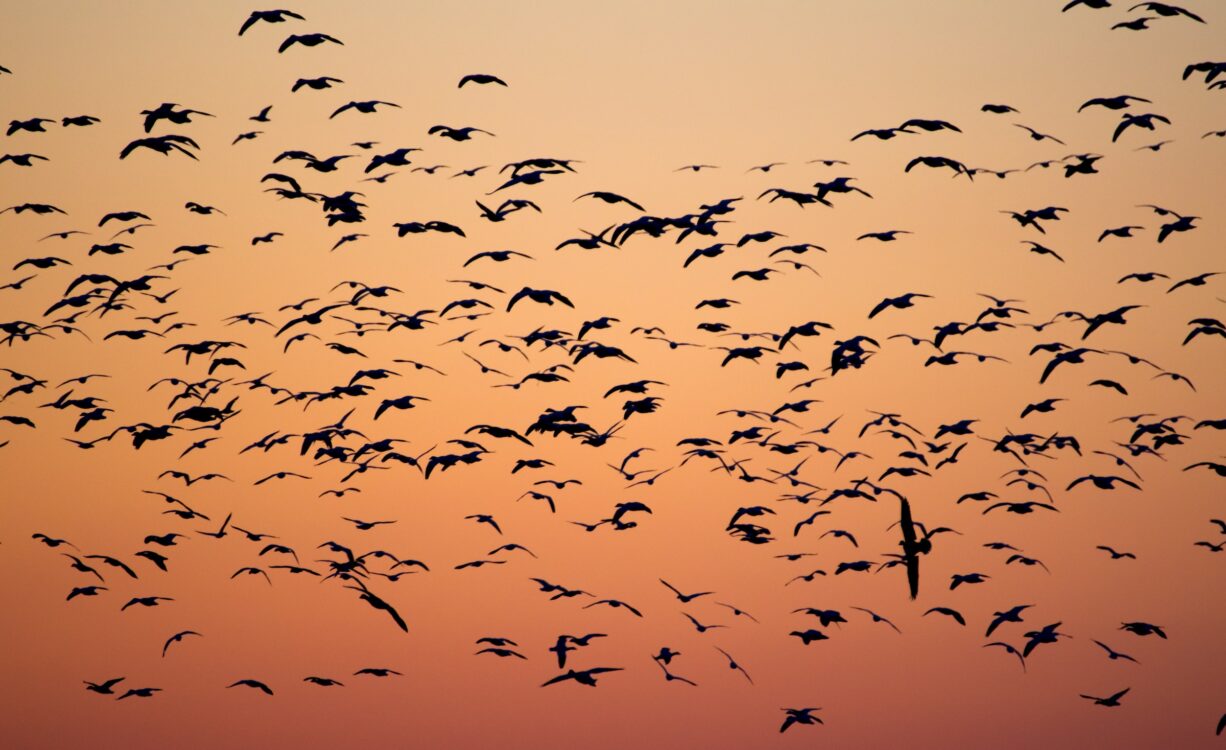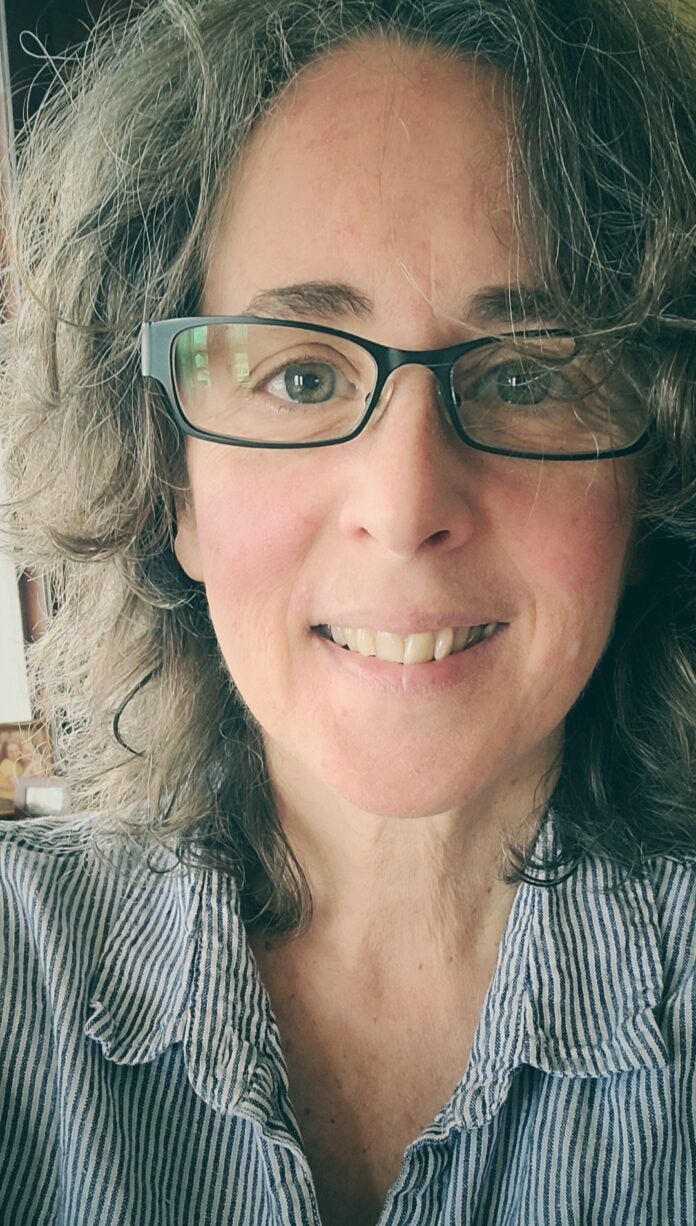
Catching Up with 2023 Nonfiction Prize Winner Donna Steiner
October 26, 2023 | blog, interviews


Donna Steiner’s poetry chapbook, Part Horror, Part Magic, Holy Ourselves, was published by Thornwillow Press. Lost and Found in Ocean County, New Jersey, a chapbook of essays, was published by Tolsun Books, and Elements, a chapbook of essays, was released by Sweet Publications. Other work has been published in literary journals including The Sun, River Teeth, Radar Poetry, Under the Gum Tree, Brevity, and Stone Canoe.
SP: What excited you most about writing “Anatomical Manuscripts”?
DS: Sentences can be pleasurable—even exciting—on a word-by-word basis. The excitement comes from experimentation, of going too far, or failing to go far enough—not specific enough, not sufficiently evocative. When I’m experimenting or assaying in ways that are visceral and intimate, it’s so immersive and intuitive that hours pass and I have to laugh because all I’ve produced is a paragraph. If I like the paragraph then it’s exciting, as though I’ve returned from a great walk or had a satisfying conversation with a friend. There’s also a kind of excitement related to imagery, in figuring out how to convey what I’ve seen or experienced in ways that help others recognize something akin. I pay attention in a particular way, through a particular lens, and one aspect of my work is to persuade readers to trust that perspective. At the very start of something new, there is excitement because all the promise is held there—anything can happen. And, finally, when an essay feels finished, there is a feeling of gratefulness which, perhaps, is a version of private, sacred excitement.
SP: What sources of inspiration do you draw from while writing?
DS: I’m always inspired by artists and writers. The art I was researching was primarily the drawings of Leonardo da Vinci, an interest that began long before the essay did. My wife, Amy E. Bartell, is an artist, and her work is inspiring on a daily basis. Living with someone who ceaselessly makes art contributes to an atmosphere of support for all creative endeavors—it’s just what we do. As for writers, I wasn’t reading Annie Dillard during the course of writing this essay, but she is an enduring love. I recently picked up one of her books and am admiring for the hundredth time her spirit of fully committing—she’s always all in. I try to do that at times—push as far as I can emotionally or scenically—and then there are circumstances where less is more. Some stories are mine but also belong to others; I try to respect those liminal spaces where shared experience adds to the essay but also remember that the people I write about deserve their privacy—I attempt to walk that line with some grace. Lastly, the natural world is a baseline inspiration—what I see, where I live, what we lose. In this case, birds were at the forefront, but in a less literal but more critical way, our tragically slow-moving efforts to pay attention to what we’re losing is always on my mind, and that undercurrent creates a sense of urgency to get the words right.
SP: What was your revision process like for this essay?
DS: This essay took me years to complete, which might be the first time that’s happened. In the past, I would write a poem or an essay—a first draft—in a day or two, maybe three. From there I’d play with it for weeks, possibly months—making small changes, adding a bit, cutting a bit—but often the full form, as well as the themes, would be apparent fairly quickly. “Anatomical Manuscripts” was written in multiple stages, and a lot of time passed between stages. I initially referred to it as “the dead bird essay,” because many of the bird-related parts were written early in the process. After a while, the Leonardo da Vinci sections were born into the same document. At that point, I didn’t know what to do with the material or if it would ever coalesce or resonate thematically with anyone but me. I’d work on it for a day and put it away, then pull it out again and add a few sentences, etc. I sensed something would eventually come together, but had little clarity as to how the work would evolve. When the pandemic hit, the essay slowly expanded in scope, and I began to trust that I was onto something. My objective became very personal: could I tell these stories in an honest and compelling way, and could I structure the essay so that it made sense to others? (And to return to your first question, there was some excitement right then—that little stretch where I started to see what could be.)
SP: How did writing this work compare to the other writing forms you’ve written in?
DS: When I write nonfiction, I almost always write in segments, so that part was familiar. I’ve had less success writing a truly braided essay, so integrating the threads was a new and somewhat difficult process. I was never sure if I could pull it off. Until the essay was almost complete, I thought I might just have 20 pages of chaos on my hands.
SP: What advice would you give to emerging writers?
DS: Here’s part of an Annie Dillard sentence: “…you have all the time you are ever going to have.” Take that in. Take it seriously. Find ways to make your time feel well-spent. Learn about the processes of other creative individuals—actors, photographers, dancers—along with writers, and continue to refine your own process. (The ways you create when you’re 20 might not be what you need at 30, so let it morph.) All the things that ever made you feel too different, too weird, too marginalized—those things are your assets, so use them. Try not to hate your day job(s). Read. Love the world with all your heart. Become friends with writers and artists. Love them with all your heart. Look outside yourself at least as much as you look in. In the great scheme of things, we are all emerging, and we have all emerged. So now what?
Submissions for the swamp pink Nonfiction Prize open on January 1st and will close January 31st.
Submit your work here.
With a $20 entry fee, writers may submit up to 25 pages of nonfiction. Winners receive $2,000 and publication. All entries will be considered for publication, and more than one story may be entered.
Before you submit, please remove your name and any other identifying information from your manuscript. Simultaneous submissions are okay, as long as you contact us should the work be accepted elsewhere.
